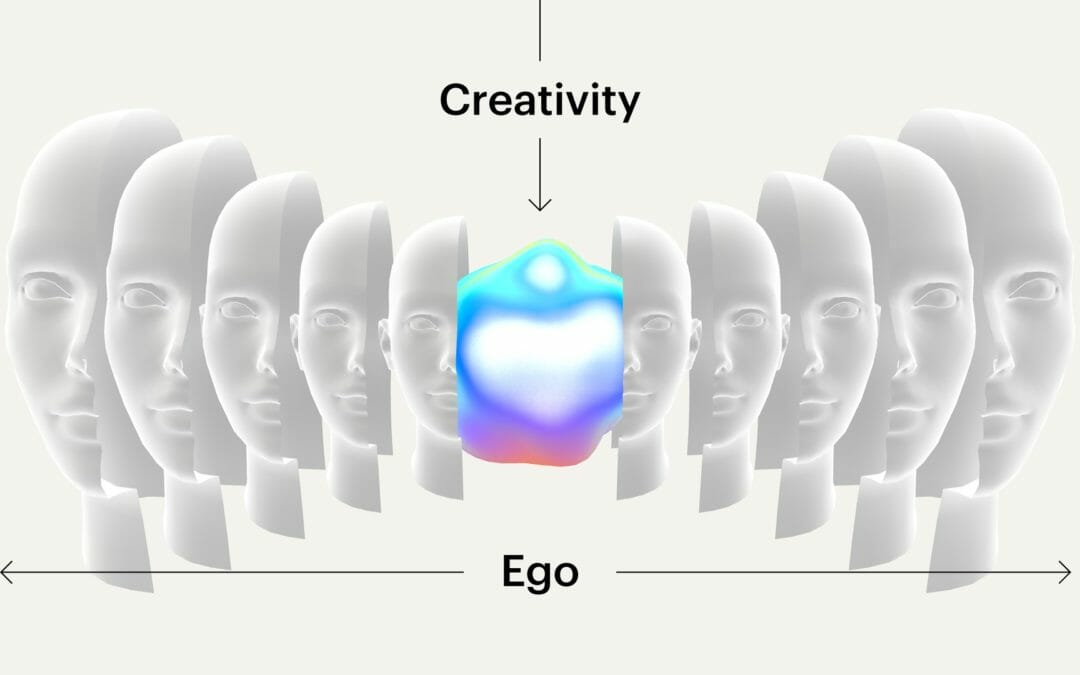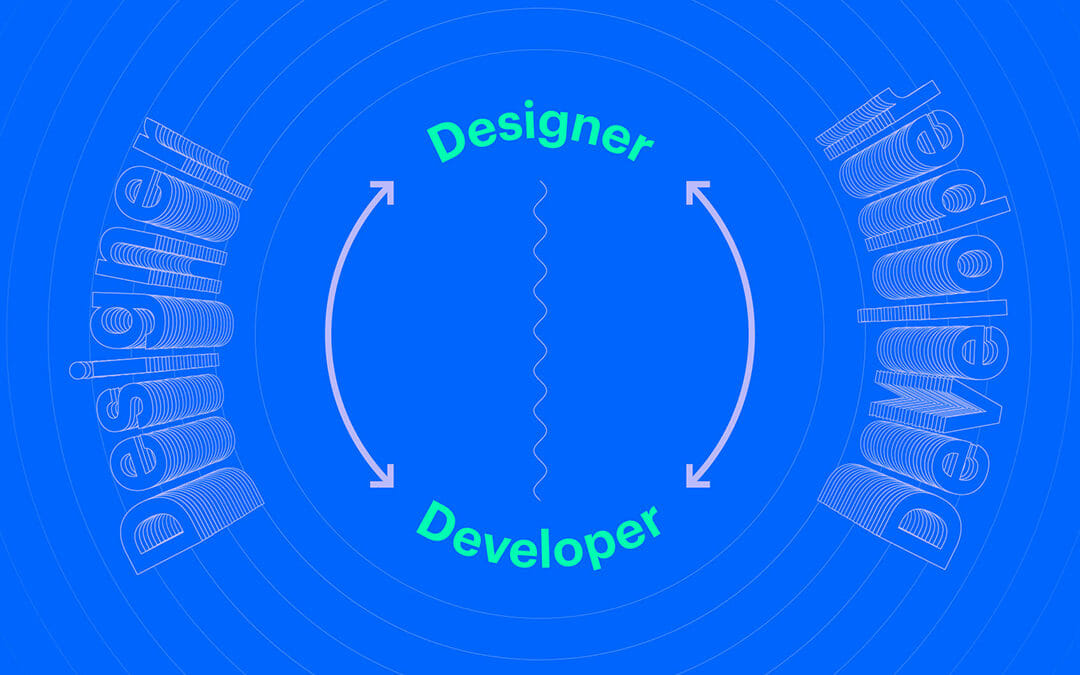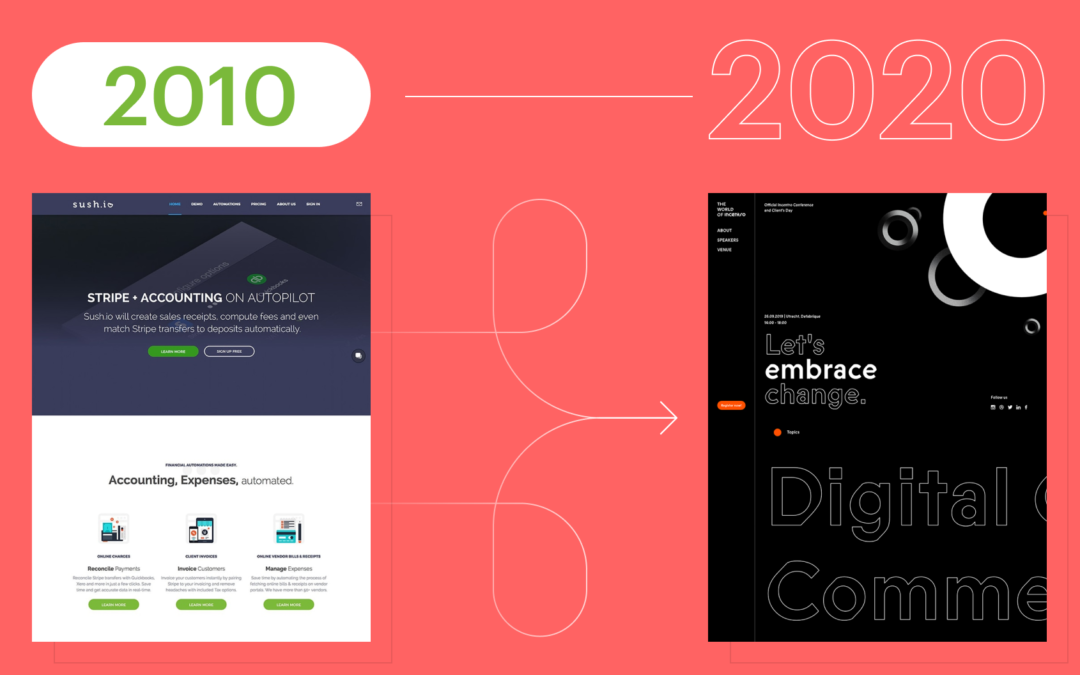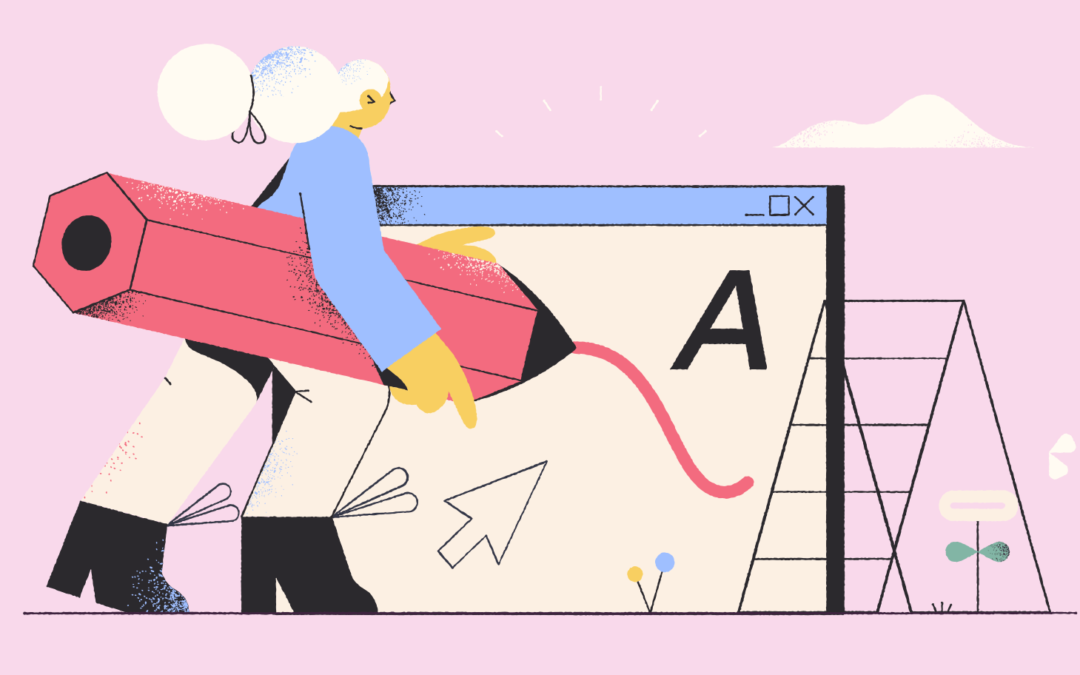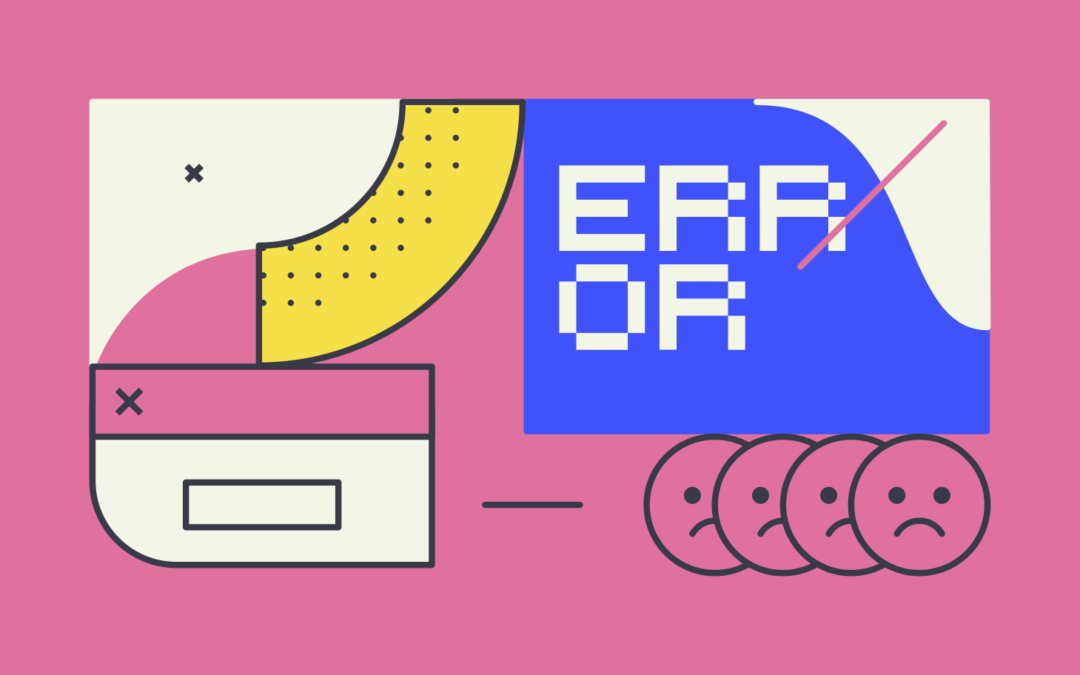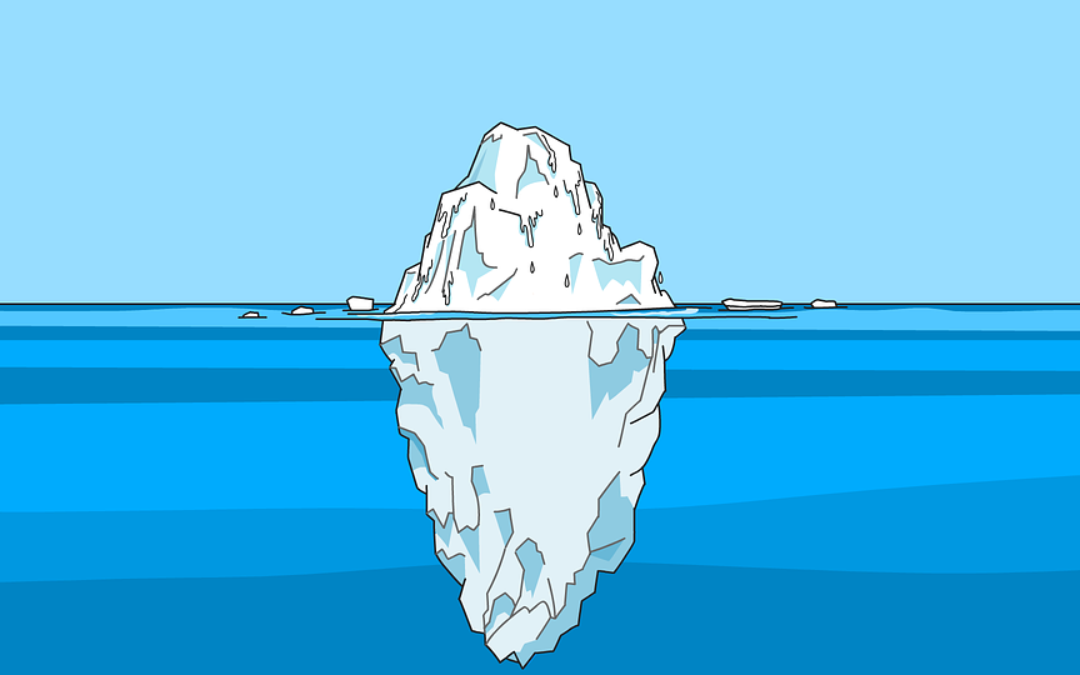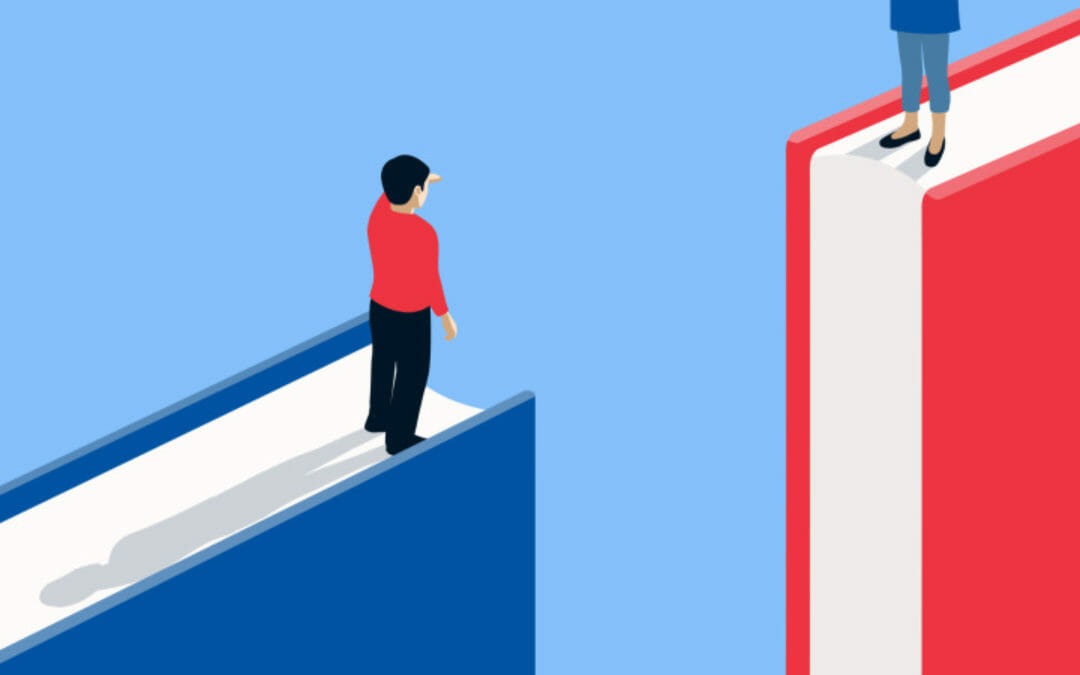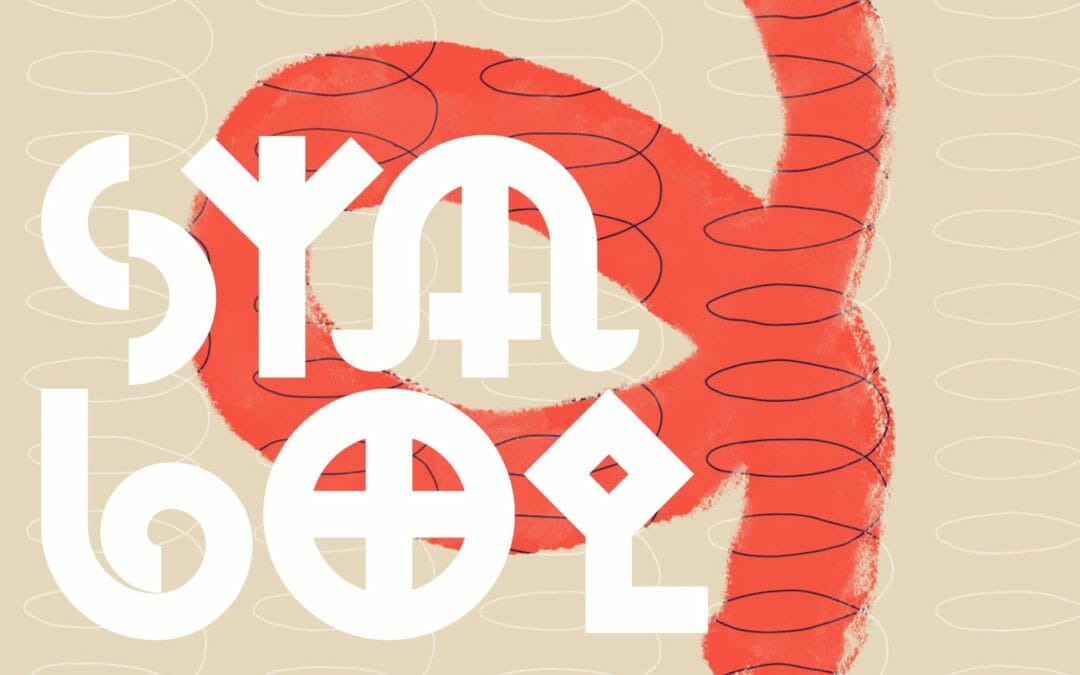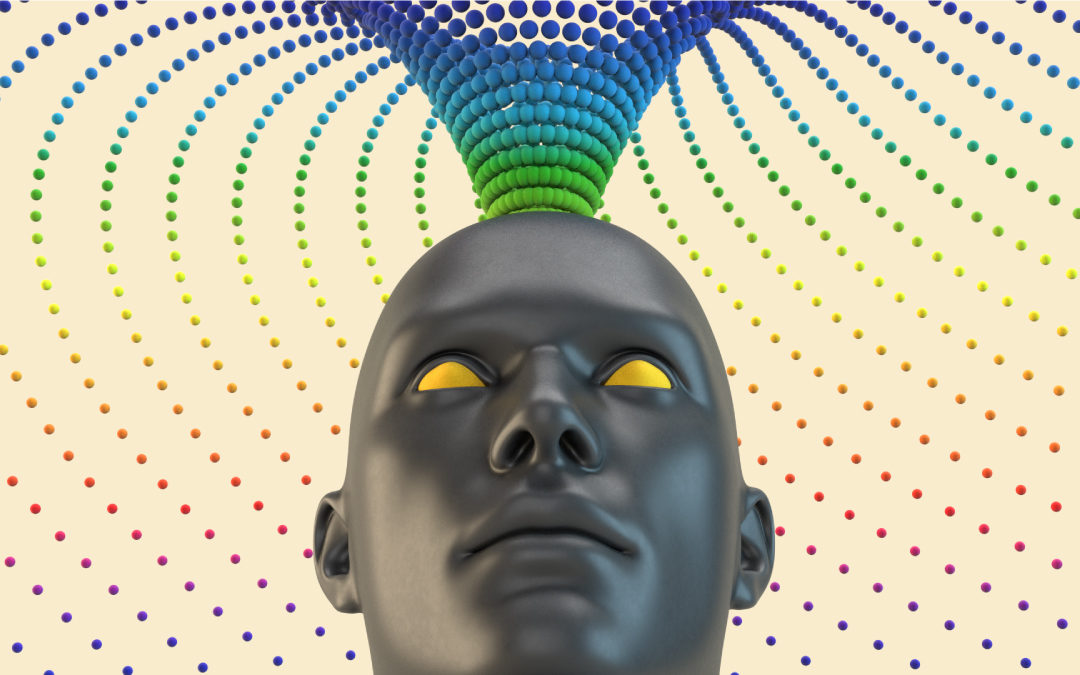
Designing and Maintaining an Emergent Brand
When the Emotive Brand design team creates a brand system, we design it to last for many years. In order for a brand system to last that long, it needs to be consistent with a specific core idea, yet flexible enough to grow over time in order to accommodate changes in the landscape, growth into new sectors, building out sub-brands, etc. Let’s explore two different methodologies in conducting brand design and the end result of each: modernist design and emergent design. Modernist Design: One Solution Modernist design methodology is built on the practice of digging to find the golden nugget of...
Read more >

